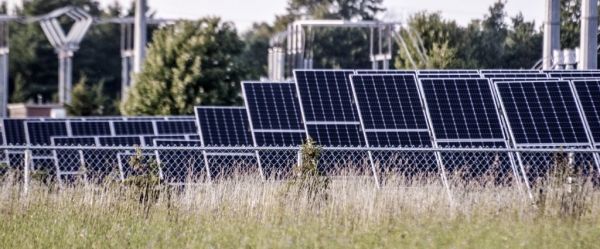While demand for energy isn’t dropping, alarms raised by burning fossil fuels in order to get that energy are getting louder. Solutions to cancel the effects of carbon dumped into our atmosphere include carbon capture and storage or bio-sequestration. This zero-emission energy uses technical means as well as plants to take in and store carbon emissions. Another route is to use solar photovoltaics to convert sunlight directly into electricity and only sequester the carbon emissions from the production of solar cells.
Zero-emission energy has been offered as a way to offset the carbon dioxide production while still maintaining coal’s electricity generation. That’s done through carbon capture and storage in saline aquifers, or by using both enhanced oil recovery and bio-sequestration through planting trees and other plants to suck up and store carbon.
In a new study published in Scientific Reports (DOI: 10.1038/s41598-018-31505-3), a Nature publication, Michigan Technological University researchers analyzed how much land would be required to offset greenhouse gases created by traditional coal-fired plants or coal-fired plants with carbon sequestration and then neutralizing the remaining carbon pollution with bio-sequestration. Then they compared these routes to how much bio-sequestration would be required to offset greenhouse gases produced when making solar panels.
For the first time, researchers have shown that there is no comparison. It’s not even close.
Continue reading at Michigan Technological University
Image via Michigan Technological University


